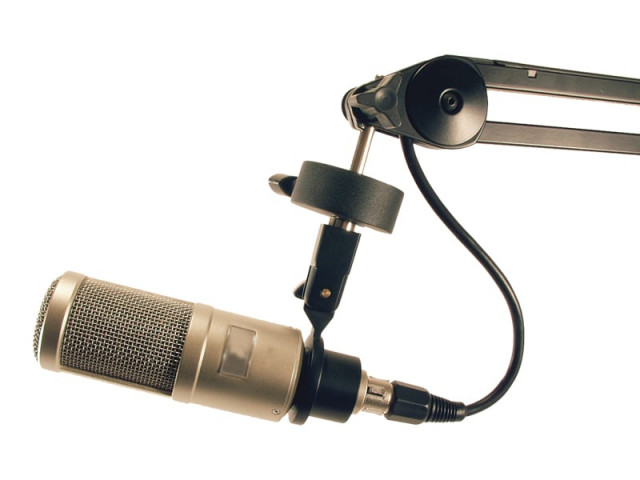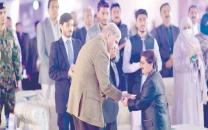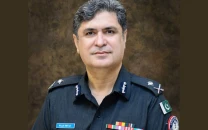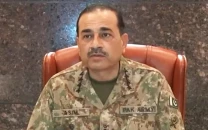When all else fails, amateur radio rescues people in distress
On eve of World Amateur Radio Day, Marwat urges students to learn ham radio technology to allow them to help people

Modern communication systems may seem robust, but they prove useless during disasters for want of power or due to spotty network coverage. In such emergencies, it is still the good old amateur or ham radio technology that provides communication links and saves lives.
As the world observes the Amateur Radio Day on Monday, Asadullah Marwat, 50, vice president of Pakistan Amateur Radio Society (PARS) told Anadolu Agency that this comparatively old communication system has helped to network people and the government in critical times.
Every April 18, radio amateurs worldwide take to the airwaves in celebration. It was on this day in 1925 that the International Amateur Radio Union was formed in Paris.
Read more: All FM radio stations shut down in Bajaur
“In the earthquake of 2005 and floods of 2010 in Pakistan, the PARS did the main relief work by establishing a network and connected government with the people on the grass-root level,” he said.
When the telephone lines and mobile towers had been dismantled by the earthquake, his ham radio network sent 30,000 messages from quake-affected Muzaffarabad in Azad Kashmir to Islamabad in one month, till other modes of communications were restored.
Although, from a legal background, his father’s working with walkie-talkies, radio antennas and transmitters had fascinated Marwat from his childhood.
“We both joined PARS in 1992 and got our licenses. Now both my sons, are also license holders,” he said.
He urged parents to encourage their children to understand and learn ham radio technology, so they are capable to help people in distress during disasters.
In contrast to the one-sided commercial radio, used by the general public, the amateur radio is two-sided communication technology. A walkie-talkie used by police personnel and security guards is an easy example of two-way communication.
Also read: The magic that is Radio
“The amateur radio service has its dedicated frequencies and it comes under the International Telecommunication Union (ITU) that is governing all the frequencies of the world through the radio regulations,” said Marwat.
He said that governments regulate the technical and functional area of transmissions and then issue station licenses to the individuals. All the amateur operators have to get these government-approved licenses to function.
On the significance of the amateur radio, Marwat said that the American space agency NASA still uses the amateur radio station for dependable and uninterrupted communication. Therefore, every astronaut before walking into his space vehicle has to get an amateur radio license.
“They (astronauts) know that even if everything fails this system of connectivity will stay there to help them,” he added.
Marwat’s organisation is also helping the students pursuing a career in physics and electronics by providing them practical training in the working of the airwaves.
“Along with other educational institutes, we are also working with the institutes associated with space technologies. Our 600 members work as volunteers and they fund their activities themselves,” he said.



















COMMENTS
Comments are moderated and generally will be posted if they are on-topic and not abusive.
For more information, please see our Comments FAQ